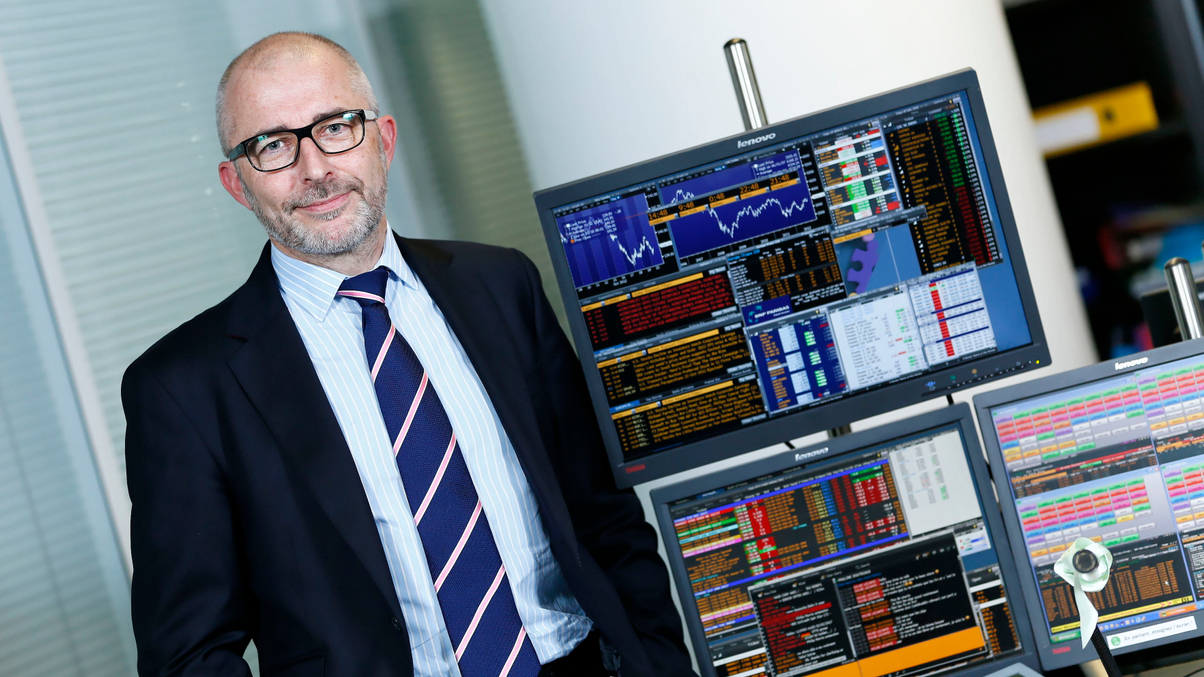Last chance saloon for buy-side to lobby Brussels
Asset owners and fund houses are warned they need to act to counter Mifid II proposals that could threaten their ability to cross block trades in dark pools.

Now represents the last chance for buy-side investors to lobby Brussels to fight proposals that could crimp their ability to cross block trades in dark pools. While the rules would only govern pools operating in Europe, they have global implications.
Sign in to read on!
Registered users get 2 free articles in 30 days.
Subscribers have full unlimited access to AsianInvestor
Not signed up? New users get 2 free articles per month, plus a 7-day unlimited free trial.
¬ Haymarket Media Limited. All rights reserved.


